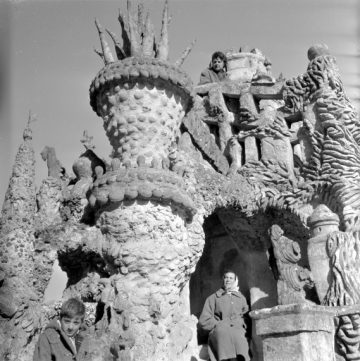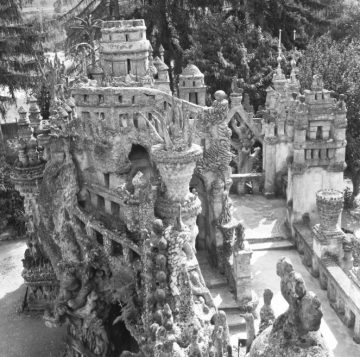Agnès VARDA 1928-2019
Arlette Varda, renamed Agnès when she was eighteen, was born in 1928 in Ixelles (Belgium). She studied at the Beaux-Arts in Paris and at the Ecole du Louvre and went into photography. A director of numerous films, she began her career with the feature film La pointe courte in 1954, starring Philippe Noiret and Silvia Montfort. She went on to direct some thirty films, ranging from short to medium-length, and from documentary to fiction. Her best-known films include Cléo de 5 à 7 (1961), Le Bonheur (1964), Sans toit ni loi (1985), Jacquot de Nantes (1991), Les Glaneurs et la glaneuse (2000), Les plages d’Agnès (2008), Agnès de-ci de-là Varda (2011), Visages Villages (2017, co-directed with artist JR). Her work is rich and poetic, often addressing the social issues of the mid-twentieth century, narrating the plight of a population on the margins or in precarious circumstances.
She held her first photographic exhibition in 1954, in the courtyard of her home. She went on to do a number of photo reports, notably in China, Cuba, Portugal and Germany. In the early 2000s, she became a visual artist and her installations were exhibited at the Venice and Lyon Biennales, the S.M.A.K in Ghent, the Fondation Cartier pour l’Art Contemporain and the CRAC in Sète. His body of cinematographic work was awarded an honorary Oscar in 2017.
Visite du Palais Idéal 1955
These three black-and-white photographs, part of the collection of Le Palais idéal du facteur Cheval, bear witness to his admiration for the amateur architect. It’s a bit like a story being told, a film in three images: in the first photograph, the historic gateway to the Ideal Palace, a sign, while the dominant palace appears in the background. In the second shot, the majestic architecture is finally revealed, highlighted by a bird’s-eye view. The palace certainly takes up all the space, but the photograph also highlights the abundant construction with its molasses and modelling. The terrace gives us a chance to breathe a little, but the tower of barbarians soon rises up to leave us speechless. In the third photograph, the visitors are already there. They are the sculptor Valentine Schlegel and Ulysse. Agnès Varda came to take these photographs in 1955 and returned to admire the postman’s work several times during her life. She wrote a great deal of correspondence and collected beautiful stamps, and felt a real attachment to the Post Office. She even befriended her postman Jacky Patin. This link with the profession of the postman Cheval was exhibited at the Palais idéal in 2020, as part of the temporary event Agnès Varda Correspondances.


